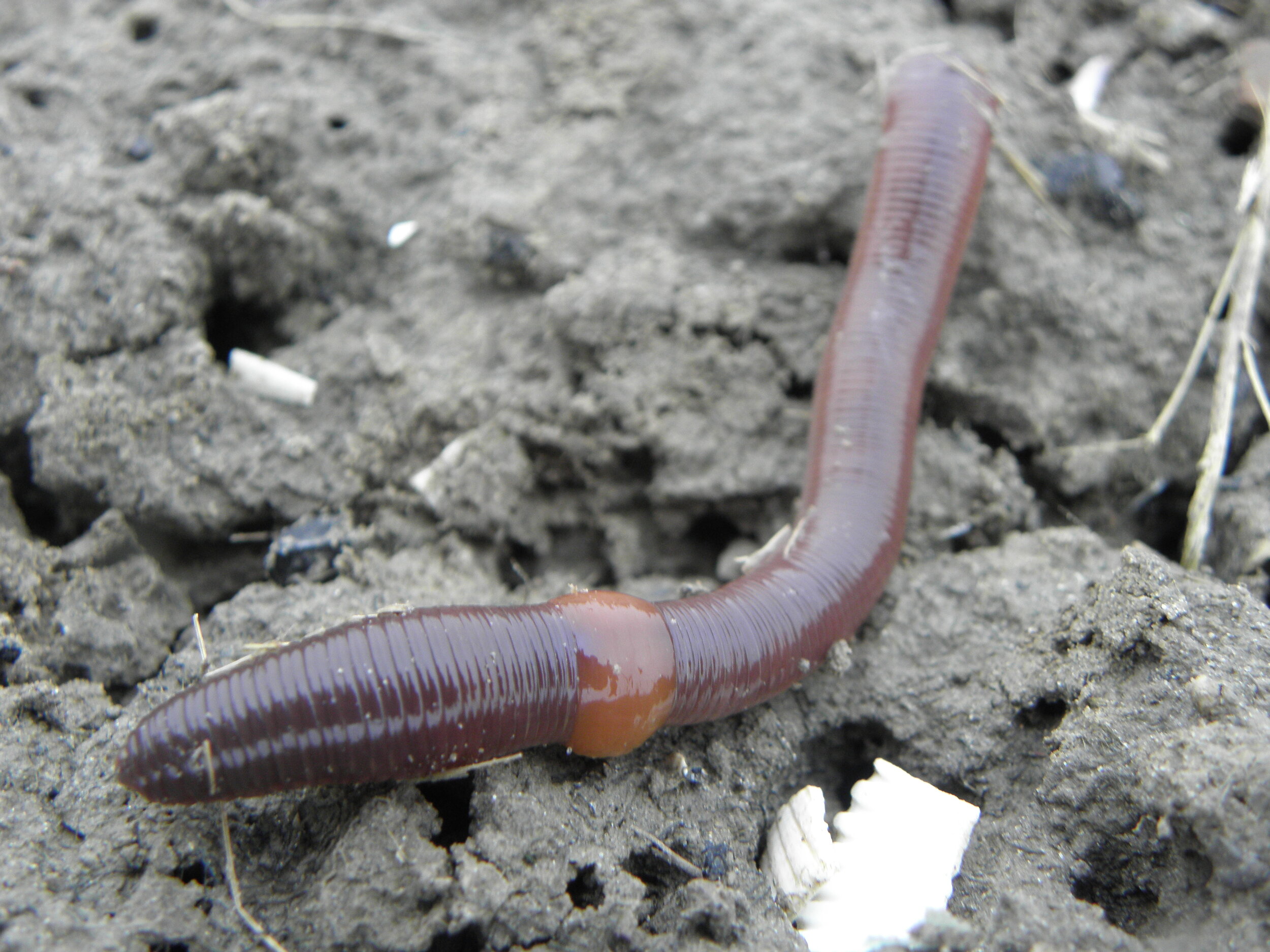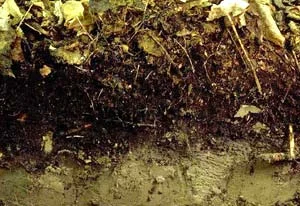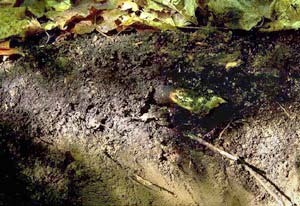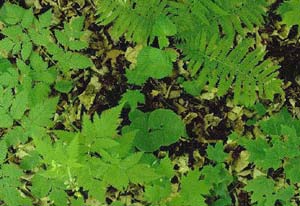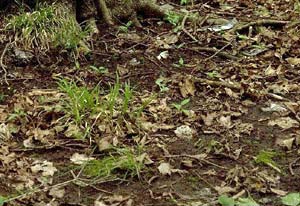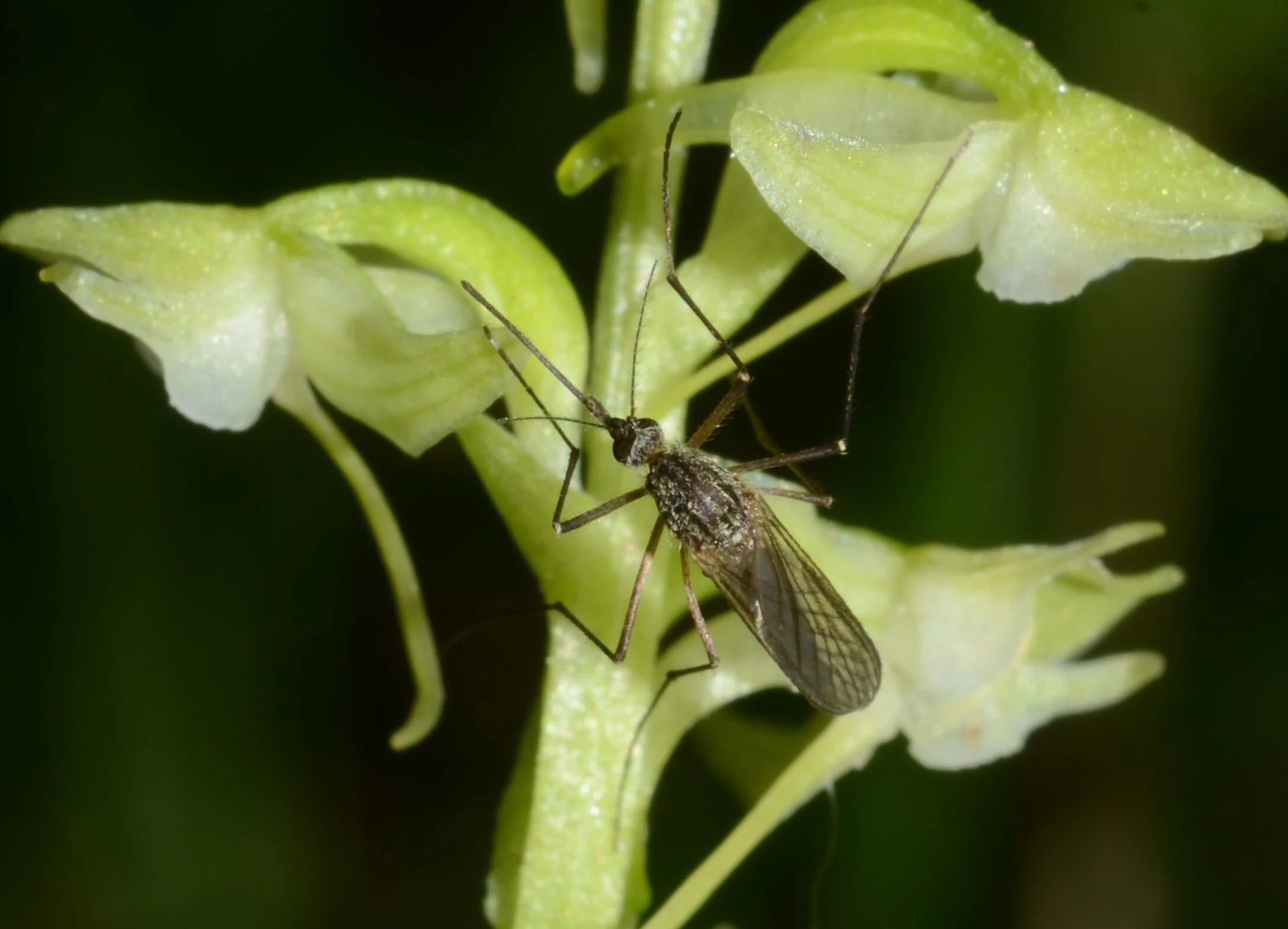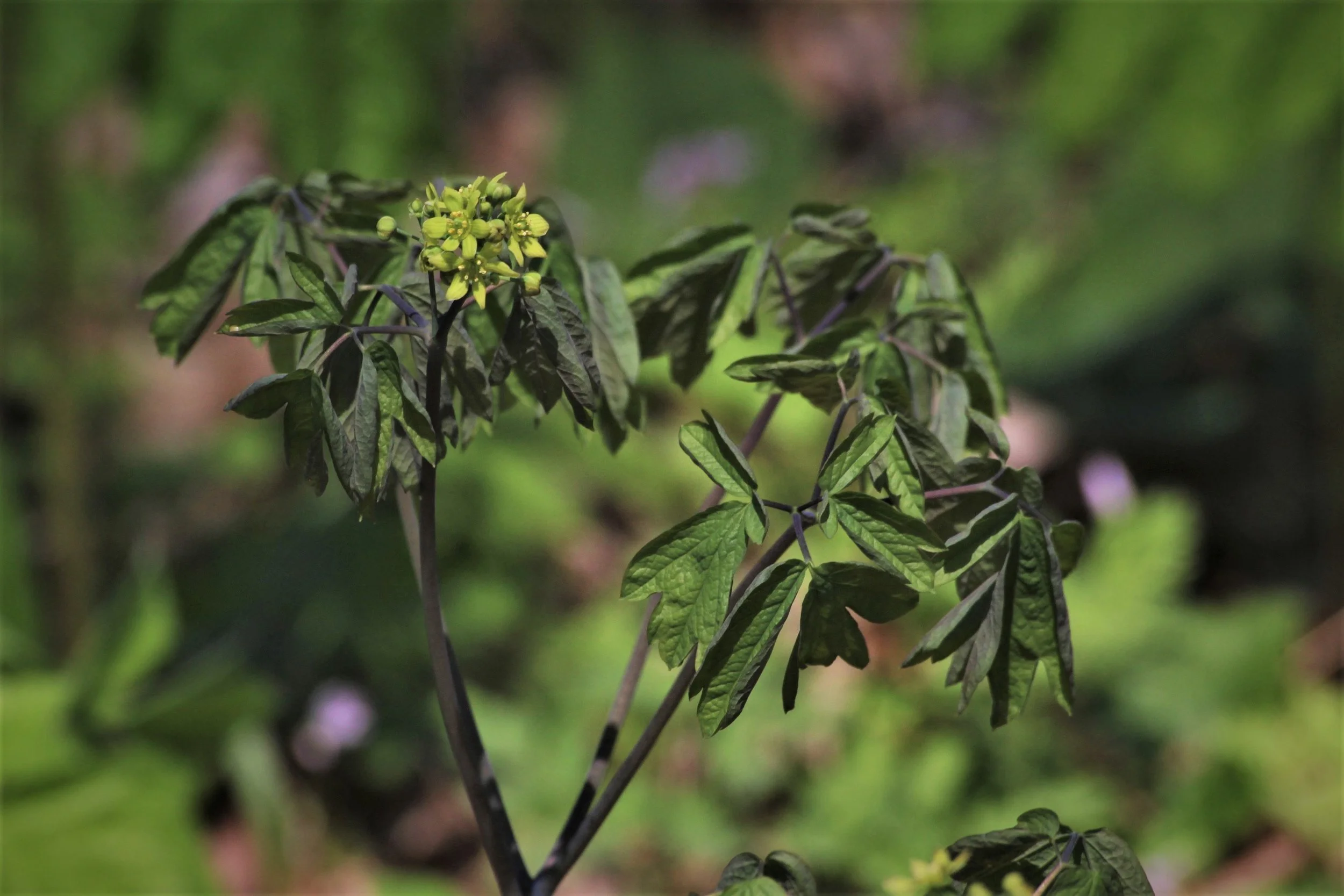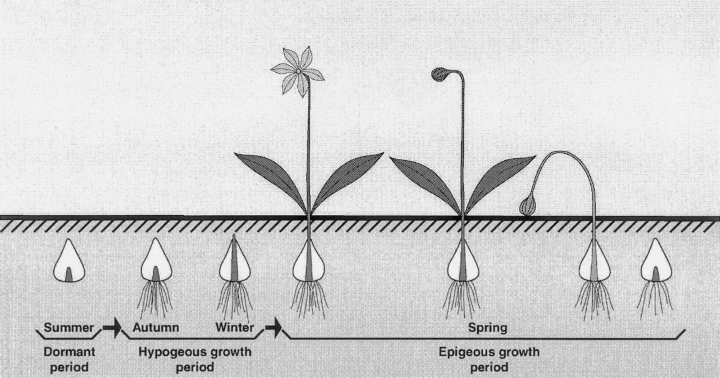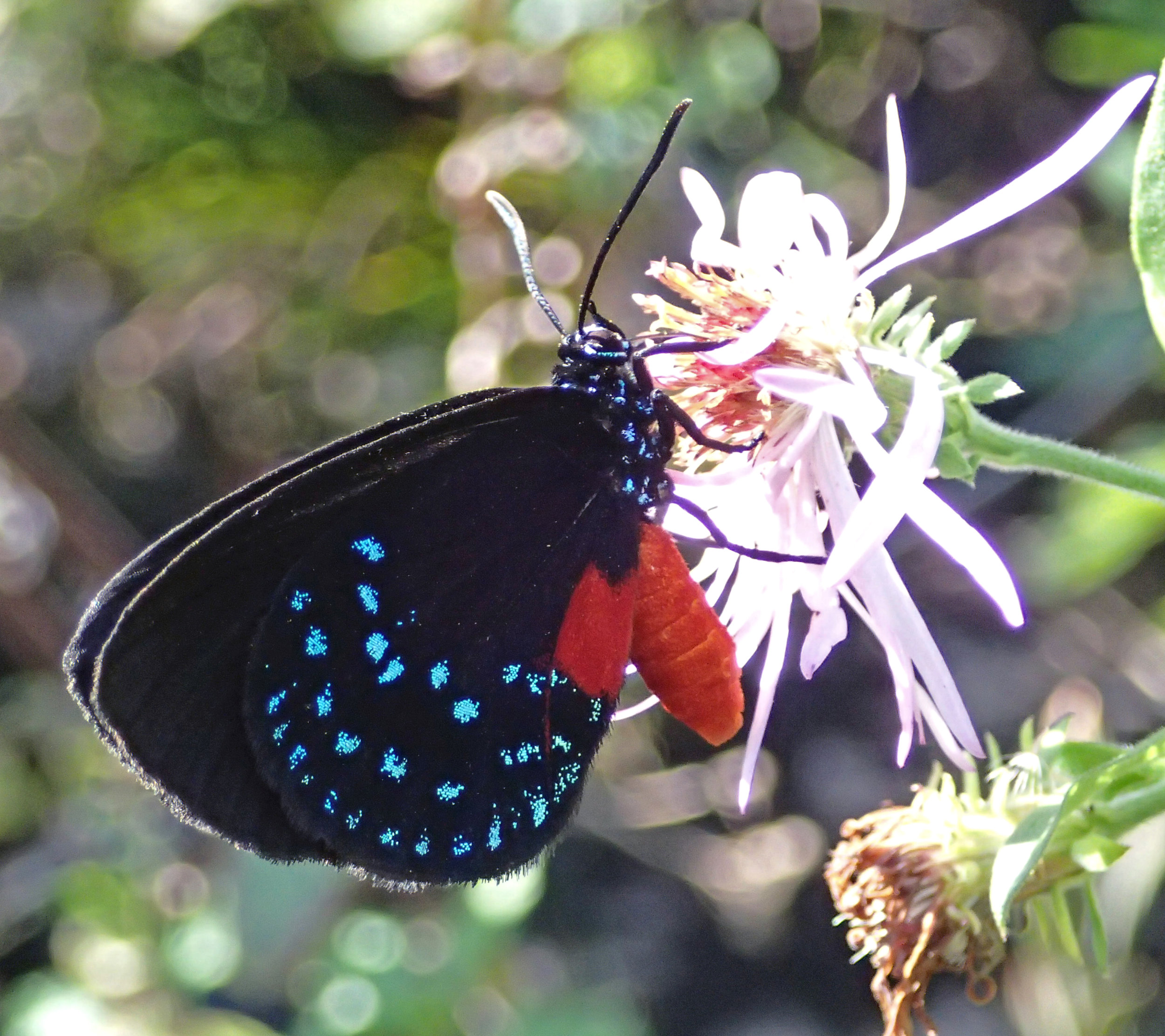I would like to introduce you to North America's native bamboos. There are three species, all hailing from the same genus - Arundinaria. Today they hardly get the attention they deserve but in the past, they were an incredibly important group of plants both ecologically and culturally. They now occupy a mere shadow of this former glory so in keeping with the goal of In Defense of Plants, I am here to defend these plants.
There are three species in the genus Arundinaria -- A. appalachiana, A. gigantea, and A. tecta -- and all of these are native to the southeast. There has been a whole lot of taxonomic debate over these plants ever since Thomas Walter first described the first of them in 1788. Since then, there have been many revisions. Whether or not any Asian bamboos belong in this genus is a story for another time but recent genetic work confirms that these three species are valid.
Each differs slightly in its ecology. Giant or river cane (A. gigantea) is a denizen of alluvial forests and swamps as is switch cane (A. tecta), although switch cane seems to be a bit more obligate in its need for swamp-like habitats. Hill cane (A. appalachiana) was only described in 2006 and prefers dry to moist forested slopes and forest edges. One interesting things about hill cane is that it drops its leaves in the fall, an unusual trait for a bamboo.
A majority of their reproduction is asexual via spreading rhizomes. All three species of cane rarely flower. When they do, plants usually die after setting seed. As such, a majority of canes you may encounter in the wild are clones connected by a vast network of large rhizomes. These rhizomes can persist for decades or even centuries meaning persistent patches are quite old. These rhizomes can lay dormant for some time as well, waiting for some form of canopy clearing disturbance to provide the conditions they need to grow again.
Photo by Tim Ross Public Domain
Despite how common these canes may seem in some areas, they are nowhere near what they once were. European settlers wrote of vast stretches of rivers and swamps completely covered in cane. They called these "canebrakes" and they persisted as such due to the importance of Arundinaria to Native Americans. Regular burning created perfect conditions for cane to thrive and thrive it did.
Because it was once so prolific, its ecological impacts were quite immense. Many animals relied on canebrakes for food, shelter, and a place to breed. Unfortunately, cane was also highly sought after as food for cattle. Unsustainable grazing took its toll, as did fire suppression. What's more, the rich soils and relatively flat topography in which these canes tend to grow was also the preferred spot for farming. In fact, settlers used canebrakes as an indicator of good soils. Vast acres of cane were cleared and plowed under. Unfortunately for cane and the habitat it created, when it disappeared, so did much of its function.
Once cleared, cane is slow to return. Its tendency to not flower frequently means few seeds are ever produced. Even clonal reproduction can be tedious if the right conditions are not present. Cane has lost most of the ground in which it once grew. With it went vital components of the southeastern ecosystem. It has even been suggested that the loss of canebrakes played a major role in the extinction of Bachman's warbler (Vermivora bachmanii) though it is hard to say for sure.
Though all three species of cane still persist today, they are not the ecosystem builders they once were. It will take a lot of changes here in North America both ecologically and culturally before these three bamboos can ever regain much of their former range. Still, they are interesting plants to encounter and well worth taking some time to enjoy.



